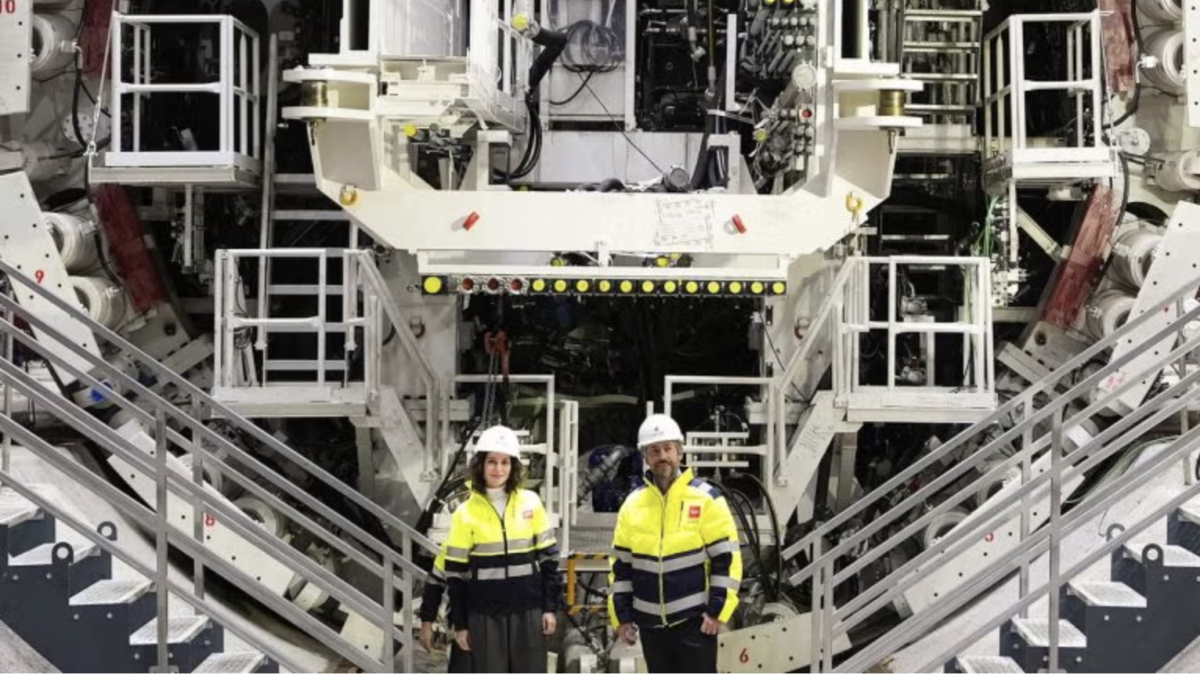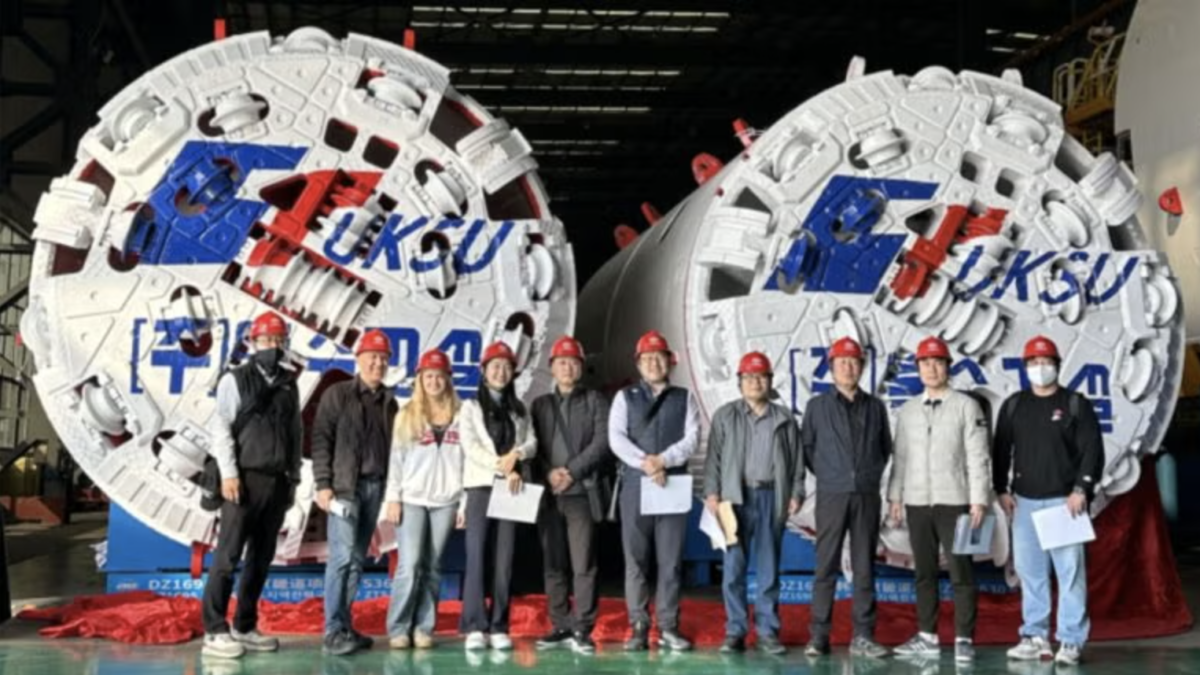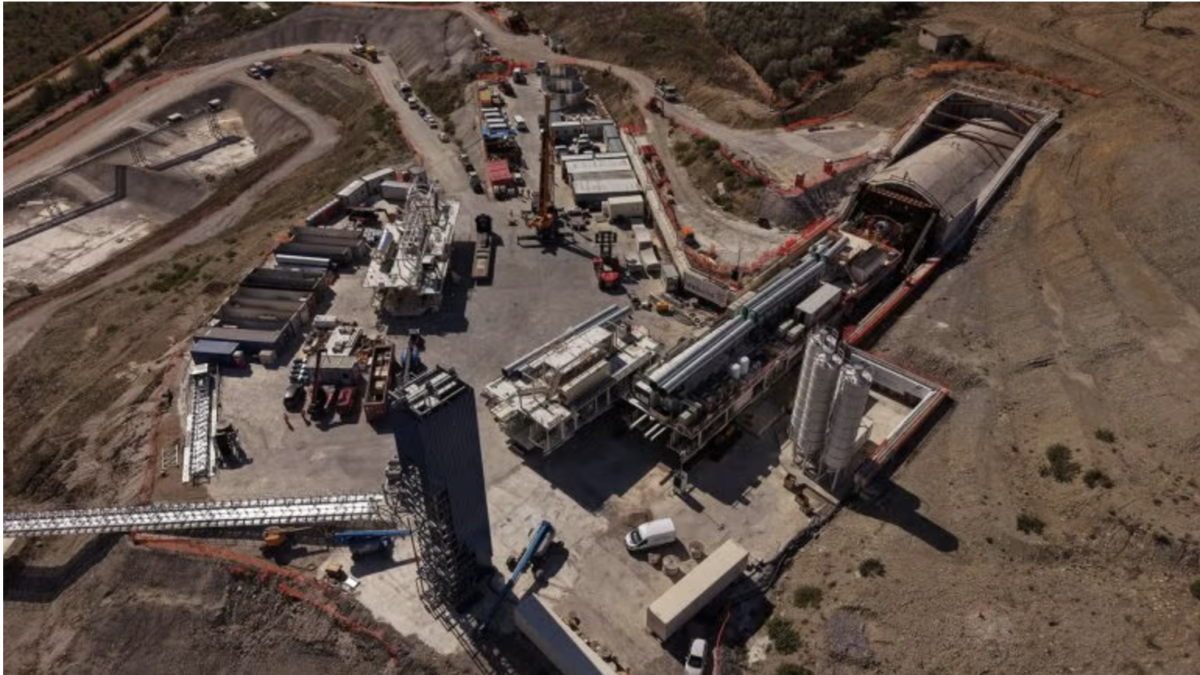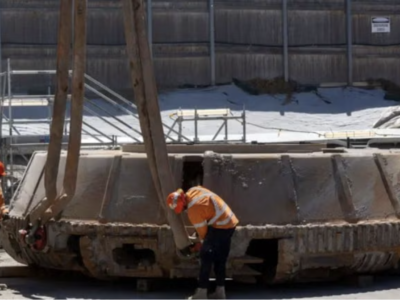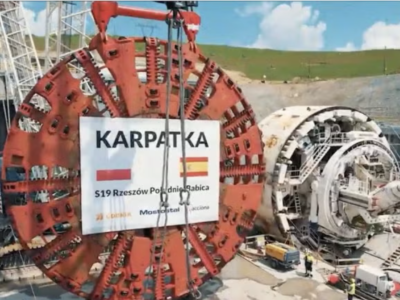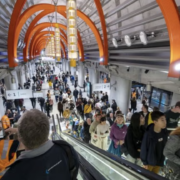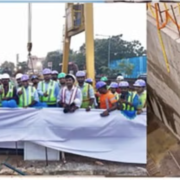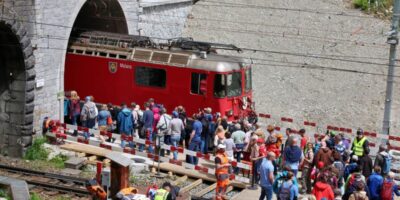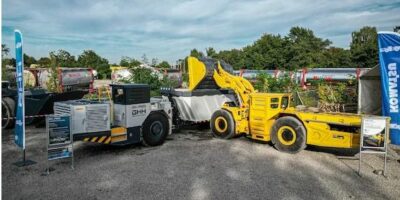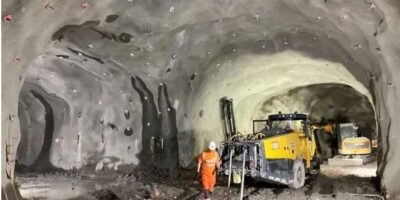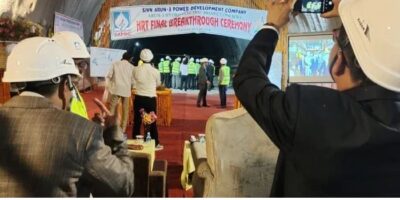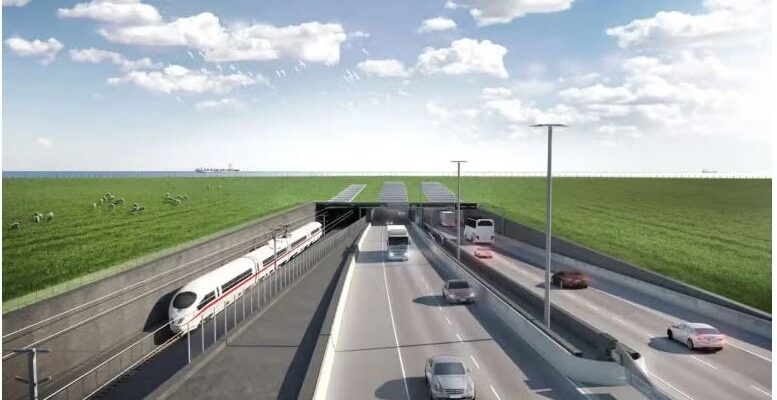
Following several weeks of extensive testing, involving water filling in the dry dock and the closure of the watertight gate in front of the factory, the first two elements for the Fehmarnbelt tunnel have been moved from the dry dock into the large basins before the tunnel factory at Rødbyhavn, Denmark, as Femern announced.
According to Femern, a total of 89 elements will be produced for the project.
Being designed for the basement of the tunnel’s technical equipment, seven standard elements and two special elements have been cast until now.
Including attaching two special pontoons to the ends of the element and adding more ballast concrete to weigh it down, the first elements are due to be prepared for immersion,whereas the remaining tunnel elements will be carried into the basins soon, where they are going to be kept until the main contractor, Femern Link Contractors (FLC) proceeds to final work.
As Denmark’s state-owned company,Femern is dedicated to planning, building and operating the fixed link across the Fehmarnbelt between Denmark and Germany.
Linking the Danish Island of Lolland with the German island of Fehmarn, this project, is an under-construction immersed tunnel and is dubbed Fehmarn Belt fixed link, or Fehmarnbelt tunnel.
Work harbours are developed at Puttgarden on Fehmarn and at Rødbyhavn on Lolland, from where building materials needed for the construction project are sailed out.
Considering that dredging an 18 km-long trench, from Denmark to Germany, where the tunnel elements will be immersed into and covered with gravel, sand and stone, is a content of this project, the surplus material from the dredging is slated to be used to build new coastal areas near Rødbyhavn and to a limited extent on Fehmarn.
The Fehmarn Belt Contractors (FBC) consortium completed the digging of the trench after three years and removed almost 15 million m3 of spoil from the seabed in April last year.
With 217m length and containing nine segments of 24m each, the first tunnel element was opened in June 2024 by Denmark’s King Frederik.
The scheduled date for completion of the Fehmarnbelt tunnel’s construction is 2029 and once completed, the tunnel would become the world’s longest road and rail tunnel.


